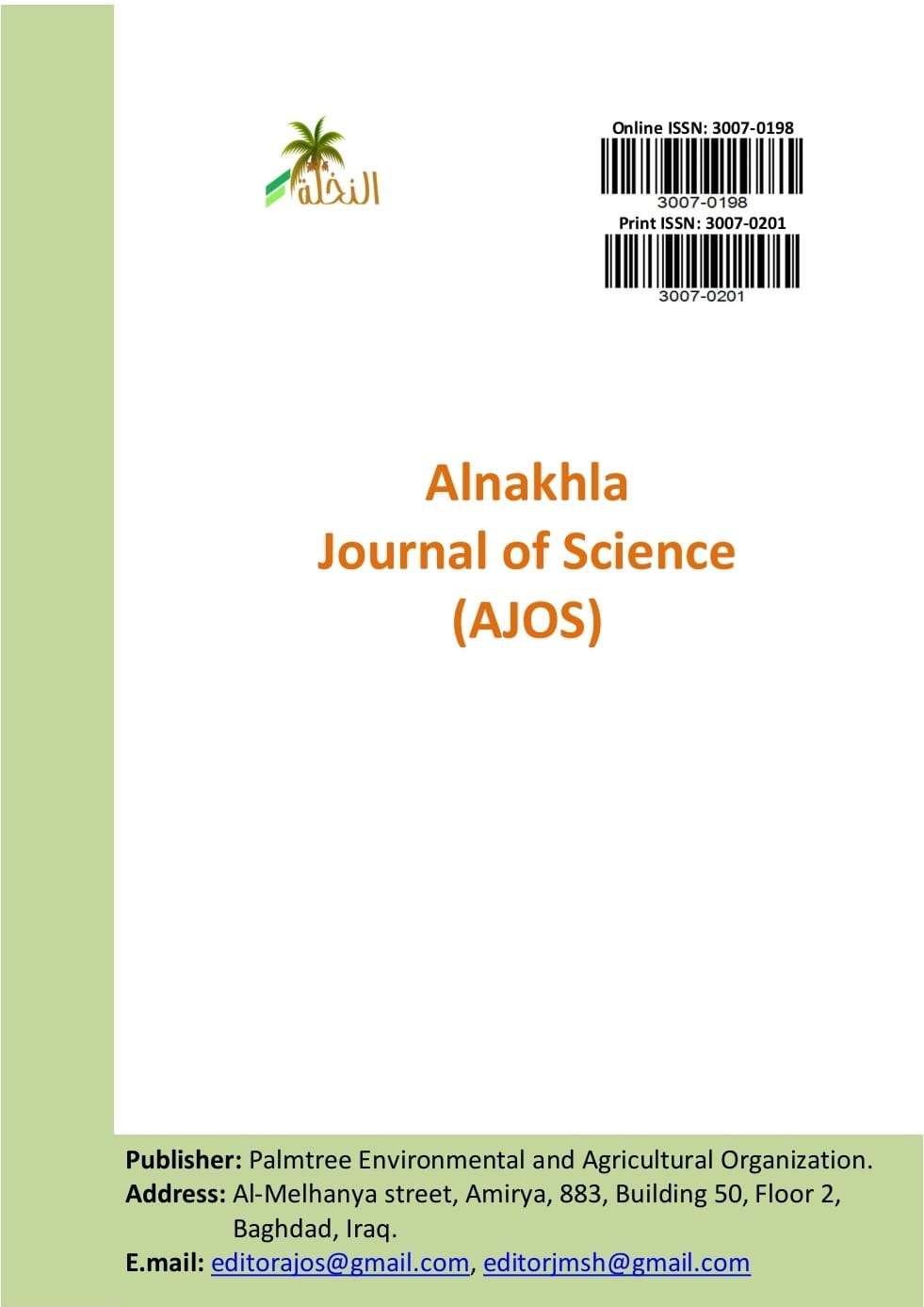Impact of clipping tip of tongue on body weight of Pekin duck with short beak and dwarfism syndrome (SBDS)
DOI:
https://doi.org/10.63799/ajos.13.1.12Keywords:
Short beak, SBDS, Derzsy's disease, Goose parvovirus, Muscovy duck, Pekin duck, Domyati duckAbstract
The short beak and dwarfism syndrome (SBDS) is one of the most important problems widespread in ducks, especially Pekin ducks in Egypt, which causes dwarfism in the body and the tongue sticking out of the beak. It begins to appear from 18 days until 25 days of age. Morbidity ranges from 10-25%, but in this study increased to 42% of Pekin and 6% of Domyati ducks. This study aims to compare normal ducks without (SBDS) and ducks with (SBDS) after clipping the tip of the tongue on body weight, body weight gain, and growth rate. A total number of 200, one day old Pekin ducks that were raised 8 weeks of age, were divided into three experimental groups; the first group (G1) normal ducks without (SBDS, the second (G2) was with (SBDS) after clipped the tip of the tongue, the third group (G3) was with (SBDS) without clipped the tip of tongue. Also, 150, one day old Domyati were raised until 8 weeks to study the morbidity of SBDS in local strain. The live body weight was recorded, body weight gain, growth rate, and relative body weight of duck with (SBDS) to normal duck were calculated, and mortality. The live body weight was 3391, 2729, and 946 g of The G1, G2, and G3 respectively. However, the mortality ratio was higher from 1 day old to 3 weeks, which reached 13.4%. The G3 when kept for 10 weeks, the live body weight decreased and mortality was higher because the tongue stuck more out of the beak. In conclusion, clipping the tip of the tongue on a duck with (SBDS) increased the marketing of live body weight.


